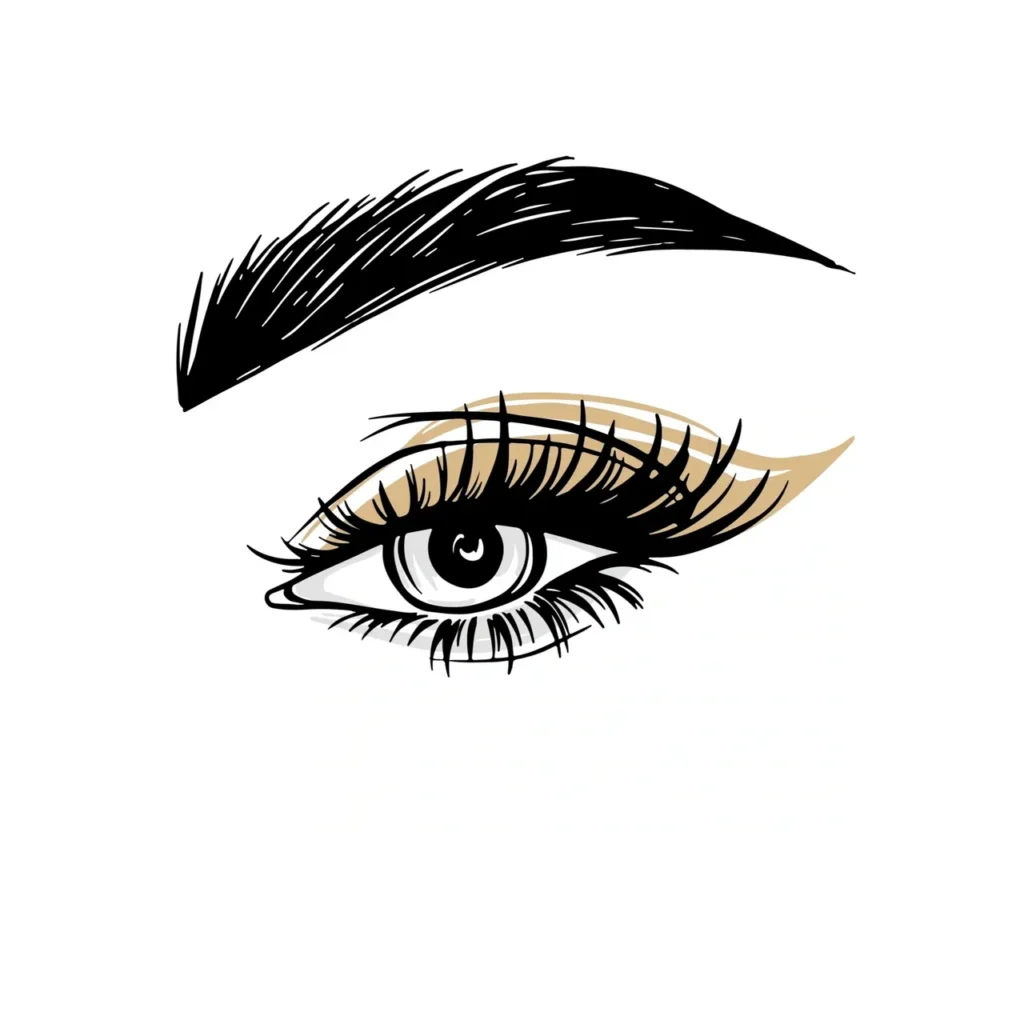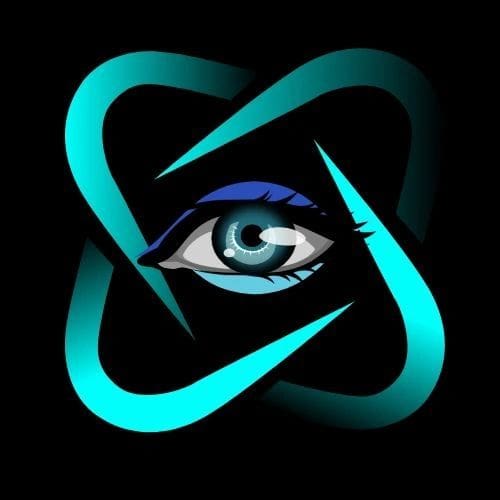
Why can’t I read the menu anymore? What is Presbyopia?

What is Presbyopia?
As we age into early to mid-adulthood, maybe in our 30s or later, we will at some point notice that we have difficulty reading in reduced light conditions, or we have trouble reading smaller print that we used to be able to decipher easily. We may find ourselves holding a magazine or book further away from our heads to see the print clearly. Or, we might first notice this at a dinner out, in the dim lighting of a restaurant, where we just can’t read the fine print on the menu like when we were younger. When and however we notice it, doctors call this condition Presbyopia.
What causes Presbyopia?
Technically, presbyopia is a vision condition where the inner lens and parts of the eye change, making it difficult to focus on close objects. This change is caused by the loss of elasticity of the lens and internal changes in the eye due to natural aging. It affects everyone, beginning as early as age 35 and progressing over the next 20 to 30 years. The result is a focusing error that makes it harder to see things up close. Despite its name, presbyopia is not a disease but rather a natural part of the aging process. It seems to affect everyone at varying ages, and seems to not be preventable (presbyopia is a term that comes from a Greek word that means “old eye.”
As we just described, presbyopia occurs due to changes in the lens and tissues that control the lens’s shape and flexibility, which affects your ability to focus on near objects. In our youth, the lens is flexible and changes shape easily, enabling the lens to focus on objects either close up and also at various distances. However, after we reach the age of 35 – 40, changes slowly occur in the lens and tissues that control the lens shape, so close-up vision becomes challenging. While presbyopia cannot be reversed, it can be corrected with eyeglasses, contact lenses, or surgery.
What can you do?
Presbyopia is easy to correct. If it is just starting to affect you, there is a very simple solution: visit virtually any pharmacy or supermarket and you will find at the end of an aisle a rack of reading glasses, also called readers. Reading glasses are inexpensive, so pick a style and color you like, and then pick the right magnification for your eyes. You can buy them without a prescription, but it’s best to figure out the right strength for you by trying them out before buying. If you only have trouble seeing things up close because of presbyopia (not because you’re nearsighted, farsighted, or have astigmatism), then reading glasses might be all you need.
Presbyopia is often mixed up with farsightedness or nearsightedness (hyperopia or myopia). It is neither. If you’re farsighted, your eyes can see far away, but not close. If you’re nearsighted, things close to you look good, but stuff farther away is blurry. This is all due to the eyeball’s shape which can be corrected with the right glasses or surgery, but neither condition is like presbyopia. Farsightedness or nearsightedness can start in childhood and can be passed down in families, while Presbyopia usually starts when you’re getting older, between your 40s and 60s.
If you see an eye doctor, presbyopia can be diagnosed through an eye examination, which may include tests to assess visual acuity and eye health. These tests help determine if presbyopia is present and rule out other vision conditions like hyperopia, myopia, or astigmatism. This is discussed in detail below.
Presbyopia Diagnosis
If you want to see an eye doctor to figure out if you have presbyopia or some other eye problem, this is easy to do. Schedule with an eye doctor (ophthalmologist or optometrist) for a check-up. The doctor might do two tests:
- Refraction Test: Your doctor will have you sit in a chair and look through different lenses to see how well you can see things up close and far away. They’ll see if you have presbyopia or another vision problem like farsightedness, nearsightedness, or astigmatism, where your vision is fuzzy at any distance.
- Retina exam: Your doctor will put some drops in your eye that make your pupils bigger so they can check the inside of your eyes more easily.
Treatment Options
To correct presbyopia, you can use simple reading glasses, get prescription bifocals, trifocals, or progressive lenses, get contact lenses prescribed, or advance to pharmaceutical or surgical remedies.
- Reading Glasses:Â Â Â Â Â You can get reading glasses at any pharmacy without a doctor’s prescription, but it’s best to get the right strength by trying them at the store.
- Bifocals:Â Bifocals are prescription glasses that help you see both up close and far away. They have a line in the lens, where the bottom part helps with close-up stuff, Â Â Â Â Â and the top part helps you see far things.
- Trifocals:Â These glasses have three parts in the lens to help you see close-up, mid-range, and far things.
- Progressive Lenses:Â Â Â Â Â These work like bifocals and trifocals, but without a visible line. The lens changes gradually from top to bottom to help you see different distances.
- Contact Lenses: Monofocal contact lenses are placed onto the surface of the cornea. For presbyopia, one eye is corrected for distance vision and the other for close-up vision. It takes time for your brain to adjust to this, and it might affect how well you judge distance or speed. Multifocal      Contacts have different powers in different parts of the lens, so you can see both near and far. Your brain learns to choose the right focus, but sometimes, your vision might not be as sharp as with regular contacts.
- Prescription Eye Drops:Â Presbyopia eye drops make your pupils smaller so you can see up close better. They last about six hours and need to be used every day.
Refractive Surgery
- Monovision Surgery:Â Â Â Â Â With a special laser, an ophthalmologist reshapes the cornea for far vision in one eye and close vision in the other. Â Â Â Â Â This can be like wearing monovision contact lenses, and the surgery helps you see both near and far without glasses. Your eye doctor might suggest trying monovision contacts first to see if you like it.
- Corneal Inlays:Â These tiny devices are put in your cornea to help you see up close. It’s a small surgery, and you should talk to your eye doctor to see if it’s right for you.
- Laser scleral microporation: This new surgical method aims to reduce scleral rigidity, a big factor in presbyopia, by creating tiny holes that relax the sclera. The muscles in the eye can then flex against the sclera and restore the dynamic range of focus.Â
Presbyopia Risk Factors
Things that might increase your chances of getting presbyopia include:
- Your Age: Most people get presbyopia at some point, usually between 40 and 65 years old.
- Certain Health Conditions: If you have heart disease, diabetes, or multiple sclerosis, you might get presbyopia earlier than usual, called premature presbyopia.
- Being Farsighted: If you’re already farsighted, presbyopia might show up sooner.
- Medications: Some medicines like antihistamines, antidepressants, and diuretics can kickstart presbyopia.
Presbyopia Prevention
You can’t stop presbyopia since it’s just a normal part of getting older. But you can still take care of your eyes with some common-sense suggestions that will keep them healthy:
- Get regular eye check-ups: Talk to your eye doctor about how often you should get your eyes checked based on how well you can see and how old you are.
- Use the right glasses or contacts: If you need them, make sure your glasses or contacts have the right prescription. That way, you won’t strain your eyes doing everyday stuff.
- Protect your eyes from the sun: Wear sunglasses with UV protection when you’re outside for a long time.
- Take care of other health issues: If you have problems like high blood pressure or diabetes, they can affect your eyesight, so it’s important to treat them.
- Avoid eye injuries: Wear safety glasses if you’re doing something that could hurt your eyes, like working with tools or playing sports.
- Eat healthy foods: Carrots are good for your eyes because they have beta-carotene, which your body turns into vitamin A. Other fruits and veggies with antioxidants, like spinach and kale, are also good for your eyes. Also, vitamin supplements for the eye,s can play an important role in eye health. Eye-specific supplements that contain Lutein, Saffron, and Zeaxanthin are available on the web or on the product page of our website.
What to do Next
At the Eye Care Emporium, we can help you maintain and protect your eyesight. With our monthly blog articles on eye care, we will introduce and review common-sense and topical information on eye care in general, and specific aspects of importance to the general public. Click below to sign up for our monthly newsletter and access to blogs, news, and updates on eye care methods.
